Your pet's smile does more than light up your heart - a healthy smile and good dental care help support their best health. At Parker Road Veterinary Hospital, providing exceptional dental care is a priority for our veterinary team. It's part of what we do to help cats and dogs in the community live their best lives.
Call or book online to schedule your pet's dental appointment with us today!
Why is Dental Care Important for My Pet?
You want to be the best pet parent you can possibly be, and that means making your pet’s dental health a top priority. The Parker Road Veterinary Hospital team is here to help you by providing the personalized, gentle dental care your pet needs. Proper dental care…
Prevents dental disease in your pet:
Did you know that Periodontal disease affects over 70% of adult cats and 90% of adult dogs? Regular dental check-ups and cleanings are key to preventing periodontal disease.
Controls bad breath:
Bad breath in pets is often caused by a buildup of bacteria on their teeth, like plaque and tartar. By keeping up with routine dental check-ups and cleanings, we can significantly reduce this buildup, targeting the source of the odor. This means more enjoyable close-up moments with your furry friend (because we know those kisses are coming!)
Saves you money in the long run:
Did you know that dental problems can cause other health problems for your pet? Regular dental care not only helps them maintain great overall health but also helps you save money in the long run. By proactively preventing disease, you avoid costly treatment for serious issues like tooth extractions, gum disease, and more.
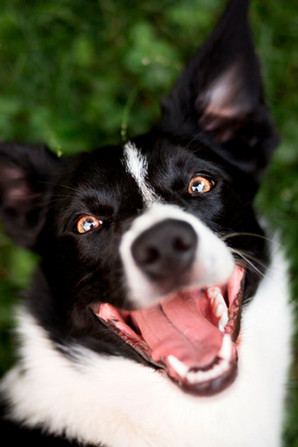
What Dental Services Do We Offer?
Your pet’s smile is priceless. And so is their health. Our expert veterinarians provide a range of services to keep their teeth and gums healthy:
*Our veterinarians will advise you about your pet’s dental health at your first visit.
What Happens During My Pet’s Dental Cleaning?
During your pet’s wellness exam, your veterinarian recommended that your furry friend get a dental cleaning. As a next step, you schedule their appointment. Let’s discuss how your pet’s teeth are cleaned by our expert veterinary team!
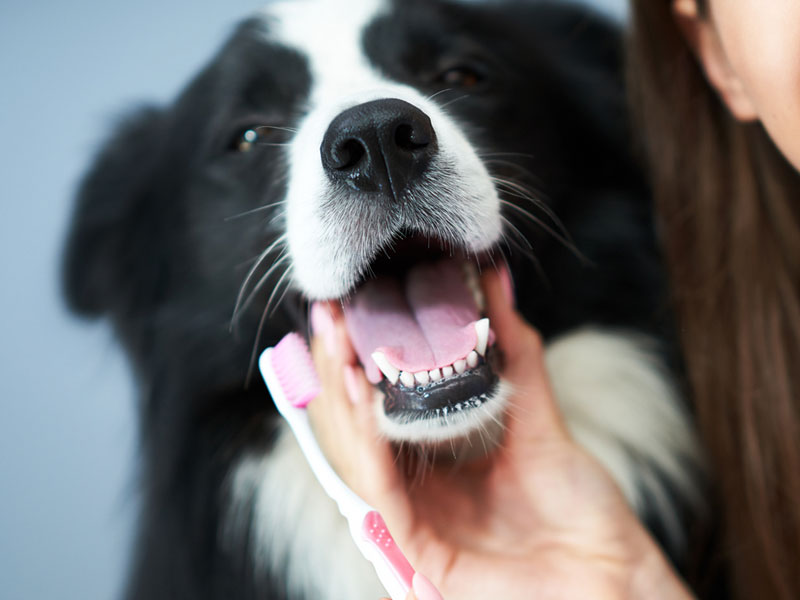
Thorough Oral Examination
Once your pet is under anesthesia, our veterinary team will perform a thorough exam of your pet’s mouth, noting any abnormalities that we’ll discuss with you.
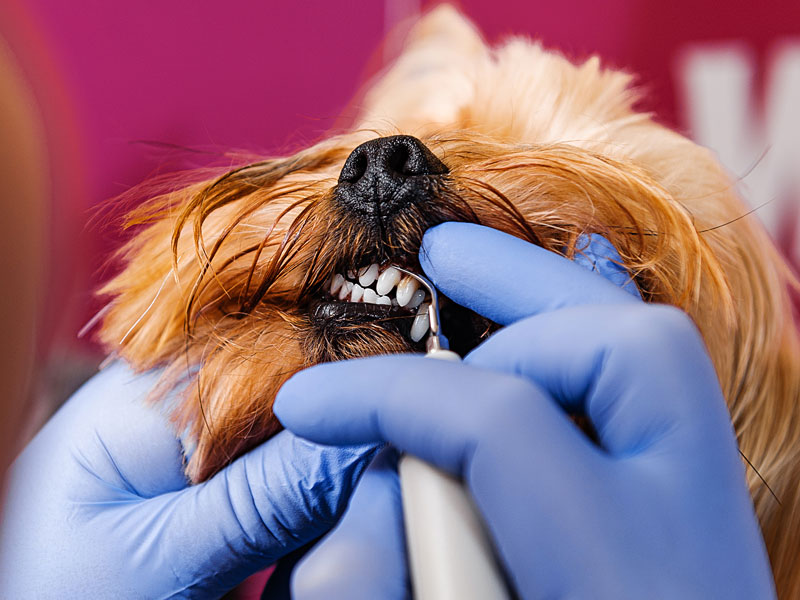
Professional Teeth Cleaning
Our team will perform tooth scaling, using hand and ultrasonic scalers to remove plaque and tartar above and below their gumline (tartar below the gumline is the most significant cause of periodontal disease!)
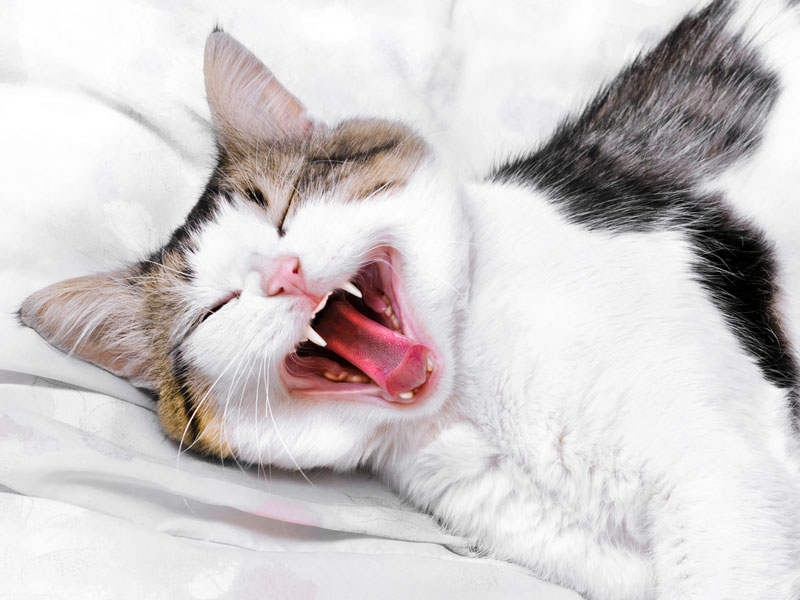
Personalized Dental Care Plan
Following their dental cleaning, we’ll discuss any abnormal findings with you. We’ll also provide you with a dental care plan tailored to your pet’s needs, whether it’s routine cleanings, a specific treatment we recommend, or daily dental care tips. We always aim to ensure you leave Parker Road Veterinary Hospital with a smile and a plan!
Schedule Your Exam Now
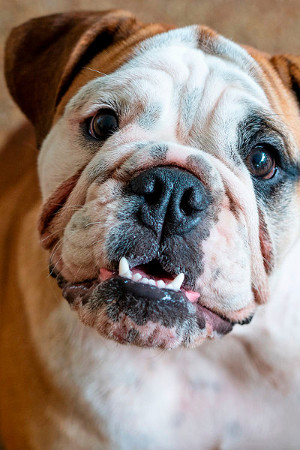
Dental Care FAQs
Here are a few commonly asked questions about pet dental care from pet parents in our community.
Why does my pet need routine dental care?
Just like us, pets can develop plaque, gum disease, and other dental problems that, if untreated, can affect their overall health and quality of life. A professional dental cleaning is one way we partner with you to help care for your pet’s dental health!
What are the signs of dental disease in my pet?
Symptoms of pet dental issues include:
- Loose, discolored, broken, and missing (or extra) teeth
- Bad breath
- Tartar and plaque buildup (brown or yellow teeth)
- Receding, bleeding, bright pink, or pale gums
- Lumps, bumps, or swelling in and around the mouth
- Excessive drooling
- Difficulty eating or chewing, or refusal to eat
If you notice any of these signs, schedule an appointment with us at Parker Road Veterinary Hospital!
How often should my pet have a dental exam?
We recommend an annual dental exam for most pets, but some may need more frequent visits depending on their age, breed, and overall dental condition.
Why does my pet need to be under anesthesia during a dental cleaning?
Pets need to be under anesthesia during a dental cleaning so they do not feel pain or move around (which can cause complications) during the procedure. This helps ensure your pet’s cleaning is as effective as possible so they can experience great dental health!


